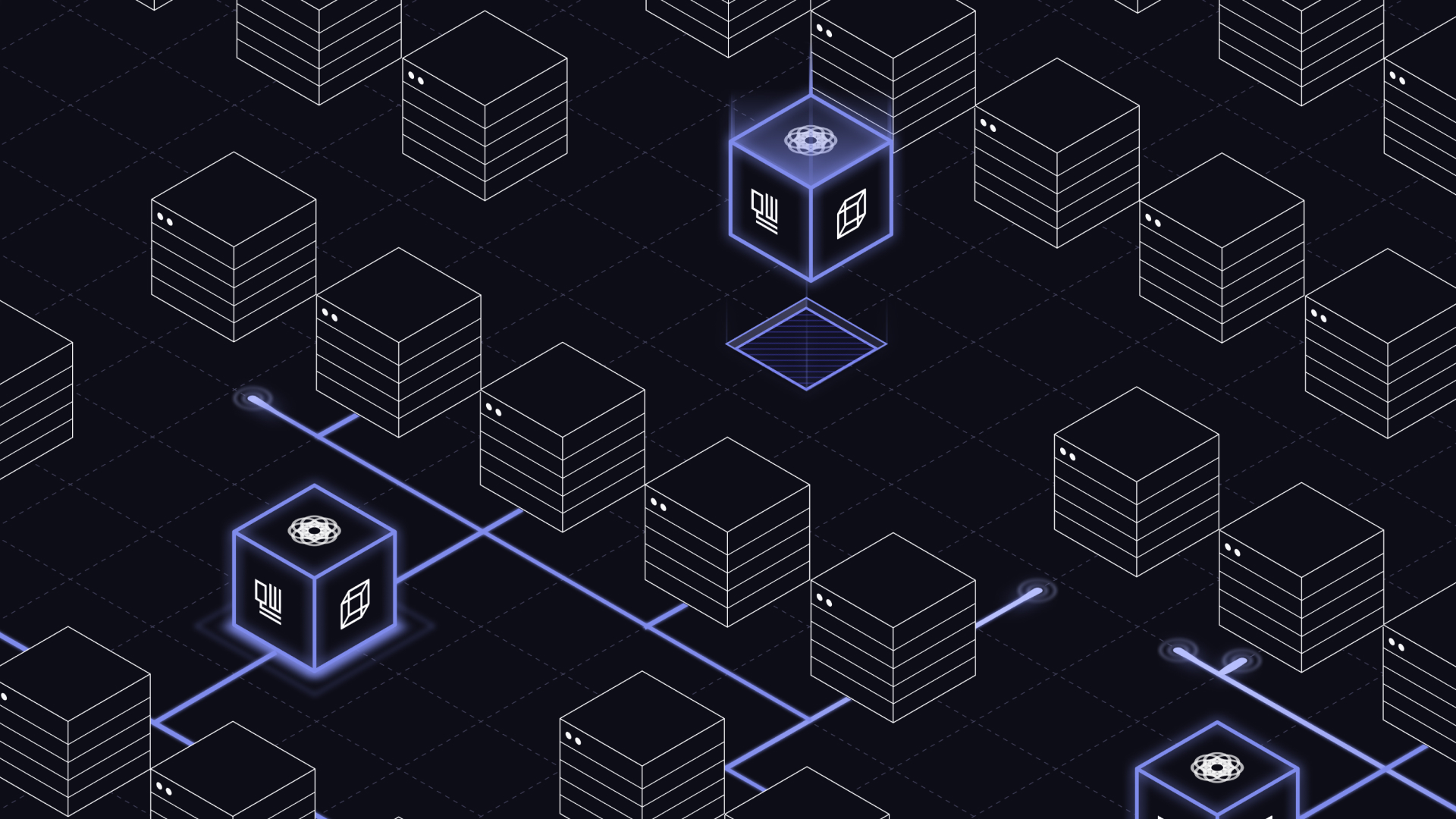Leveraging quantum control to improve quantum sensor performance

Sensing technology and services is predicted to be a $300BN+ market by 2025
The quantum sensing market opportunity
Quantum computing gets a lot of attention - and rightfully so. It is positioned to add a powerful new tool to our arsenal of computing resources. And advances in computing have been the drivers of every major development we’ve recently seen in society - from the information economy to autonomous vehicles and advances in healthcare.
But quantum computing is just the first application of the quantum technology revolution.
Quantum sensing is even more exciting to us because it’s not just limited to information processing - and it’s likely to be here much sooner.
Quantum sensing may dramatically reduce the cost of mineral exploration, enable autonomous vehicles to navigate without GPS and help predict and prevent droughts.
Sensing - used in all industries from biotech and automotive to defense - is already predicted to be a $300Bn+ market by 2025. And quantum sensing unlocks some amazing new possibilities in areas we already know are facing limits.
What is quantum sensing?
Quantum technology exploits the physics of very small things to perform useful tasks. The technology is very sensitive to the world around it - for the most part that’s a challenge, but quantum sensing lets us put this fragility to work in detecting tiny signals for aerospace, defense, and civilian applications.
Some of the early identified quantum sensor applications include their deployment for measuring tiny magnetic fields or detecting changes in gravity. These sound pretty esoteric but underpin some large established markets such as mining and navigation for autonomous vehicles or in space where there is no GPS.
There’s no free lunch, and the sensitivity of quantum sensors often makes them susceptible to many forms of interference. When a quantum sensor is taken out of a pristine lab and placed on a boat or an aircraft, most of its advantages are lost.
This is where our core competence enters. Adding quantum control can help extract more - and more useful - information from quantum sensing hardware even in the presence of this kind of interference. Our whole approach is to lead with software as we design new hardware systems that outperform the competition.
Our early studies have identified opportunities for over 500x improvements in quantum sensors using our unique techniques in quantum control
Quantum control is able to improve the ability of quantum sensors to detect desired “target” signals and reject other sources of interference that can otherwise obscure the target. Our early studies have identified over 500x improvements in the ability of quantum sensors for gravity based on cold atoms to resist the interference caused when they’re operated on real platforms like airplanes or ships.
And these capabilities are validated on real quantum sensing hardware that we have built in our own R&D facility! We’ve shown through detailed testing that in some cases where quantum sensors were subject to real sources of interference similar to what would be encountered in the field, our new quantum control software transformed completely useless outputs into signals that barely showed any degradation. We truly “fixed” quantum systems that had become totally useless.

We call the new hardware we are building "software-defined quantum sensors" in a manner evocative of software-defined radio. Quantum control, deployed through software, is what turns basic hardware into extraordinary capability.
Building new applications and partnerships
We have pioneered the application of quantum control to atomic devices used to measure gravity and motion. In our own laboratory testbed, we’ve shown that we are able to measure exceptionally tiny changes in Earth’s gravity that come from the tidal pull of the sun and moon and even the motion of Sydney Harbour. For those in the know, this means nano-g level sensitivity achieved in a warehouse environment - truly world-class capability.
Partnering with Advanced Navigation
Right now, armed with our special capabilities in quantum control, we are building software-defined quantum sensors to be used in a new generation of ultra-stable navigation systems with our partners Advanced Navigation.
This partnership provides an amazing opportunity to enable stable GPS-free navigation in both civilian and defense settings over weeks, not hours. Losing GPS is one of the biggest strategic risks identified by Western governments, so this is a truly transformational new capability.
Partnering with FLEET Space Technologies
If GPS-free navigation is somehow not exciting enough, don’t forget that we are taking quantum sensing to the Moon.
We are proud to be a member of the Seven Sisters Consortium contributing to a new lunar mission with partners in Australia. We're bringing space-qualified quantum sensors and navigation systems to the Moon and from there on to Mars. And it's only possible because of our unique capabilities in software-defined hardware.
Our work in geospatial intelligence and Earth observation
Quantum sensing for navigation will accelerate some of the biggest sectors today - from mining through to autonomous vehicle networks. But what’s most exciting is how quantum sensors - powered and enabled by quantum control - will give us capabilities we’ve never had before.
We’re building an entirely new way of seeing the planet through gravity and magnetism, developing a persistent near-earth observation capability using small low-cost satellites. And this capability can only come within reach because the new quantum control techniques we’ve developed show how we can dramatically reduce the size of the sensors we need to fit in a satellite.
That may provide totally new insights into how water is moving underground and even how ocean currents are changing over time. Space-based quantum gravimeters may prove the essential technology to help us predict and even prevent drought or the impacts of mining activity on water and agriculture. These are critical capabilities for long-term weather forecasting and strategic insights into what may become one of the planet’s most contested resources.
We’re excited to be supported by a CRC-P program to deliver space-based gravimeters and a Modern-Manufacturing Initiative program to realize space-qualified quantum magnetometers.
Enabling a new level of battlefield awareness
Some strategic targets are hidden and do their best to stay hidden. But they always give telltale signatures - if only we can measure them.
We have been focused on building broadband quantum magnetometers capable of measuring magnetic fields in a regime where there are simply no competitive technologies. And using software we’re enabling them to shift between missions with no change in hardware. This lets us detect hidden emitters of RF signals, even when the emitter is deliberately trying to hide its transmissions.
At the 2022 Army Quantum Technology Challenge our magnetometry team demonstrated that it could use an array of quantum magnetometers to localize and track in real time the motion of an emitter of RF radiation, mimicking a drone. While this was a benchtop demonstration, it was conducted in a real operational environment - a convention center full of people, walking robots, and even huge military vehicles.
The team’s demonstration was so impressive that our demonstration was selected as the winner of Army QTC22, showing a clear pathway to a new form of battlefield awareness with quantum sensing!
Quantum sensing provides a near-term opportunity
Quantum sensing provides a near-term opportunity to deliver transformational new technologies to humanity. It’s all part of the quantum revolution we’re building at Q-CTRL and powering with quantum control.
Sign-up to our newsletter to stay up to date on our groundbreaking quantum sensing research.



